|
Men often neglect their health, and often confuse being on their feet all day at work with exercise. Unfortunately these 2 things are not the same, and many men are not getting enough exercise to have a positive impact on their health, i.e. prevent heart disease, diabetes, mental health conditions to name a few. But, our Exercise Physiologists are the EXPERTS IN EXERCISE and can help you get back into tip top shape.
Worrying statistics about our husbands, dad’s partners, brothers ..
How much exercise should men be doing each week?:
5 tips to get started and help you to stay on track are to:
What are the top 3 conditions leading to death for men in Australia and how we can help: Number 3 is Dementia and Alzheimer's Disease Dementia is a collection of symptoms that affect the brain, affects a person's ability to think, how they behave and their ability to complete everyday tasks. In 2019 there were close to half a million Australians living with dementia. So the good news is that the evidence is piling up to prove that the more active you are in life, the lower the risk of Dementia & Alzheimer’s disease. On top of that; aerobic exercise such as walking, cycling, swimming assists to improve cognitive function, and simply being active everyday helps to maintain memory. We can help you develop a focused exercise program. Number 2 is Lung Cancer Lung cancer has the highest mortality rate of all cancers worldwide, however the good news is that studies have found that men who participate in physical activity lower their risk of developing lung cancer by 20-50%, and there appears to be a dose dependent response, which means the more you do, the greater the benefit. However, the risk of lung cancer is several times higher in smokers, regardless of activity level, than in those who never smoked. So giving up smoking alongside exercise will help to reduce your risk. The Number 1 cause of death in men in Australia is Cardiovascular Disease Cardiovascular disease is when the arteries of the heart become blocked and therefore oxygen delivery to the heart is limited, and can lead to a heart attack. Being male, being overweight or obese and physical inactivity are 3 risk factors for the disease. Exercise can help to manage your weight, reduce your stress, and independent of weight loss exercise helps to lower your cardiovascular disease risk. By, Lisa Parkinson
0 Comments
What is Bursitis? Bursitis is a condition that causes the small, fluid-filled sacs called bursae to become inflamed. A bursa is responsible for cushioning the tendons, ligaments, bones and muscles near the joint and preventing friction from occurring. This condition usually occurs in joints that are involved in repetitive movements, such as the shoulder, elbow, hip and knee. What are the symptoms? There are a range of symptoms that can present when bursitis has developed within the shoulder joint, including;
Causes of shoulder bursitis There are a number of potential causes but some of the most common can be a single injury such as a fall, repeated minor trauma like overuse injuries of the joint or muscles around the joint. When bursitis is caused from overuse injuries it is often associated with impingement and inflammation of the rotator cuff tendons as well. Prevention of shoulder bursitis Whilst it is difficult to determine singular causes in the development of bursitis there are a range of secondary factors that can contribute. Reducing causes of primary and secondary impingement are crucial in preventing shoulder bursitis and rotator cuff problems. Factors such as posture, muscle length, shoulder stability and rotator cuff strength can all contribute to the development of bursitis over time. Each of these factors can be optimised by completing specific exercises prescribed from a trained allied health professional. Treatment of shoulder bursitis Shoulder bursitis is one of the most common shoulder injuries that presents in a range of populations. The rotator cuff muscles are responsible for the centralisation and stability of the shoulder joint. Adequate control within the shoulder then prevents injuries such as bursitis, impingement and dislocations. Interestingly, the arm only has one bony joint attachment where the collarbone meets the tip of the shoulder blade. The remainder of the shoulder joint attachment and stabilisers are all muscular, highlighting the importance of maintaining strength in the shoulder. Treatment for shoulder bursitis focuses on increasing range of movement in the shoulder joint without pain, regaining control of the shoulder blades, upper back and neck and improving strength in the rotator cuff and shoulder muscles. Each of these steps can take a number of weeks to successfully complete, so it is important to be patient and consistent during your treatment.
If you suffer from shoulder bursitis, visit your local Accredited Exercise Physiologist who can help return your function and decrease pain! By, Aleisha Michael If you know of someone with prostate cancer or who is in remission from prostate cancer then read below.
Let’s start with some facts. Some facts
What is prostate cancer? The prostate gland isn’t essential to maintain life but it is very important in the reproductive system in males. It is located deep in the pelvis behind the pubic bone and below the bladder. Prostate cancer is a form of cancer that starts in a males prostate, depending on how advanced the cancer is, it can spread to the lymphatic system or into bone, these are called metastasis. Bone is the most common site for cancer to spread too and is the leading cause of disability and morbidity in males with prostate cancer. Treatment for prostate cancer includes surgery, radiation, chemotherapy and hormone therapy, which can be used as separate treatments but often a male with prostate cancer will have different treatments depending on stage and progression of cancer. There are many side effects of prostate cancer treatment with some males being affected more than others. Side effects also depend on what type of treatment is had, some common side effects include:
Why exercise? The evidence suggests that exercising during and post treatment can have a positive effect on the side effects mentioned above. There is no evidence currently that exercise directly impacts prostate cancer itself however, early research indicates it may slow disease progression. Regardless, exercise improves function, strength, cardiovascular fitness, tolerance to treatments and treatment related side effects which improves overall health. Some statements from the evidence specific to prostate cancer.:
Where to begin? Before beginning to exercise some considerations need to be taken into account. Including any chronic conditions that might be affected by exercise, in-particular conditions of the heart and vascular system, stage and progression of cancer and whether the cancer has spread. The recommendation is begin with exercise you enjoy doing, try to aim for 150 mins/week of aerobic exercise as a starting point and build from there. Aim to do 2 strength training sessions per week with recovery days in between. It is believed the more exercise the better. Considering these things, find a starting point, slowly progress and if you need any more advice specific to prostate cancer, or men's health in general, find an Accredited Exercise Physiologist just like we have here in the clinic. Izaac Boylan Accredited Exercise Physiologist Quick Facts about Cardiovascular Disease
5 ways to reduce your risk of Cardiovascular Disease 1. Give up the Ciggies Smoking damages the lining of the arteries, and the nicotine in cigarettes increases blood pressure, heart rate and makes the blood ‘stickier’ causing it to clump. Therefore these combined means you are at a higher risk of clotting and obstruction in your vessels. There is good news though if you choose to give up smoking, as once you quit, your risk of CVD reduces to a similar level to a non smoker. 2. Improve your nutrition There are many ways in which an unhealthy diet can increase your risk of CVD, with a diet high in saturated and trans fats increasing your levels of cholesterol; a high intake of sodium increasing blood pressure; and a low fruit and vegetable intake being linked to 20% of heart disease worldwide. In addition to this, an unhealthy diet generally leads to an increase in body fat and waist circumference, both of which increase your risk of developing CVD among other chronic diseases. 3. Reduce your Stress Levels Stress is a risk factor for CVD as it Is associated with increases in blood pressure and heart rate. A stressful lifestyle can also lead to poor lifestyle habits such as eating more unhealthy foods, alcohol consumption, smoking and poor sleep. 4. Reduce your body weight Your chances of developing CVD or dying from this condition is increased in overweight individuals, especially those with fat stored around their tummy. Obesity is associated with other conditions such as hypertension, high lipid levels and diabetes, all of which increase the risk of CVD events. 5. Exercise regularly Frequent exercise is strongly associated with a decrease in cardiovascular mortality as well as a decrease in the risk of developing cardiovascular disease. Physically active individuals have lower blood pressure, higher insulin sensitivity, and a more favorable plasma lipoprotein profile, which are 3 of the major risk factors for CVD. In addition exercise also helps to decrease or maintain a healthy weight, and can help to decrease your stress levels, 2 other risk factors for CVD. Therefore exercise really is the bomb when it comes to helping reduce your risk of CVD. How much?? … a minimum of 150 minutes of moderate intensity exercise is recommended, but higher intensities and higher volumes of exercise have been shown to be even better. Read more about Heart Health and exercise in our blog articles here. Lisa Parkinson Accredited Exercise Physiologist & Credentialed Diabetes Educator. Winter is well and truly on its way and the cooler weather can bring with it the winter blues. Have you felt your MOTIVATION levels drop, a lack of ENERGY and that pep in your step seems to have disappeared? Read to find out why exercising this winter is your tool to stay HEALTHY and HAPPY. 1. Get your heart pumping and the blood flowing! Are you someone who seems to feel the cold more than everyone else and are constantly piling on the layers in winter? Why not save on the electricity bill and gain some extra health benefits by internally heating up your body through movement. As we move our body temperature rises and can produce a soothing, warming sensation similar to sitting in a nice warm bath or next to the fire. This sensation can last long after your workout is over, keeping you warmer throughout the day. 2. Keep the comfort food at bay. When it is colder outside our bodies naturally born more energy to keep our internal body temperatures at a stable level. Although during the winter months we are more inclined to reach for those hearty comfort foods to make us feel good, which are often higher in calories. Getting in regular exercise during these months can reduce the impact those higher calorie meals are having on your waistline. The average person gains 4kg over winter but sneaking in an extra workout or walk here and there can reduce this number.  3. Improve your immune system and avoid the flu. It is no secret that with the winter chill comes the flu season too, but did you know that engaging in regular physical activity actually improves your immune system! When we exercise our hearts beat faster, pumping more blood around our body at a quicker rate. This assists immune cells to circulate throughout the body, enabling them to find and remove infections before they can spread. Unfortunately, this effect is only short term after about of exercise, reiterating why it’s important to be regular with your workouts.  4. Get some sun on your face. The sun produces all important Vitamin D and during the summer months we generally require only 15mins of sun on our skin to get the benefits. This becomes more difficult during winter as the sunshine is harder to come by, particularly if we are spending all of our time indoors. Getting some activity in outside can provide you with your vitamin D dose making your bones stronger, improving your immune system and increasing your mood! 5. Put a smile on your dial and beat the winter blues. It is not uncommon to feel a bit down during the winter months and it is possible to have more serious cases of this with SAD (seasonal affective disorder). Sneaking in even a few minutes of exercise each day releases your “happy hormones” serotonin and dopamine, to improve your mood, decrease stress and lower depressive symptoms. Bonus points if you complete your exercise outside as this will only further heighten the benefits. If you are looking for some ways to increase your motivation during winter so that you can gain all of the wonderful benefits that exercise during the cooler months provides, have a look at our past blog “How to maintain motivation in winter” at http://www.optimumep.com.au/blog/category/motivation. By, Aleisha Michael |
AuthorSLisa Parkinson Archives
July 2024
Categories
All
|

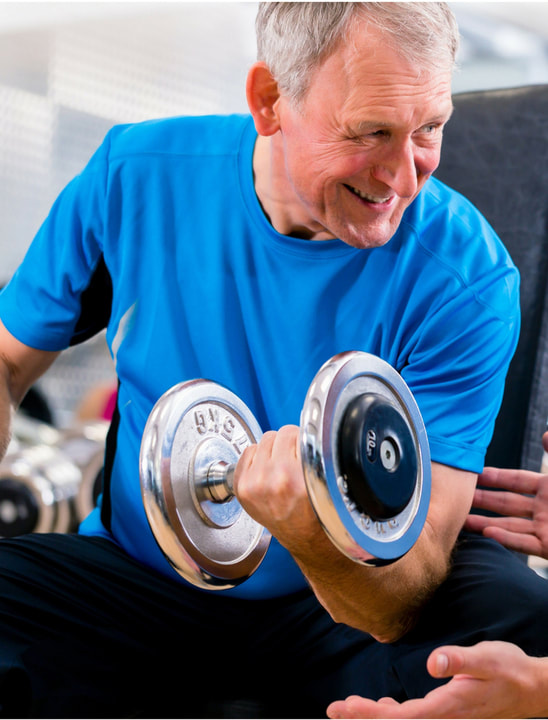
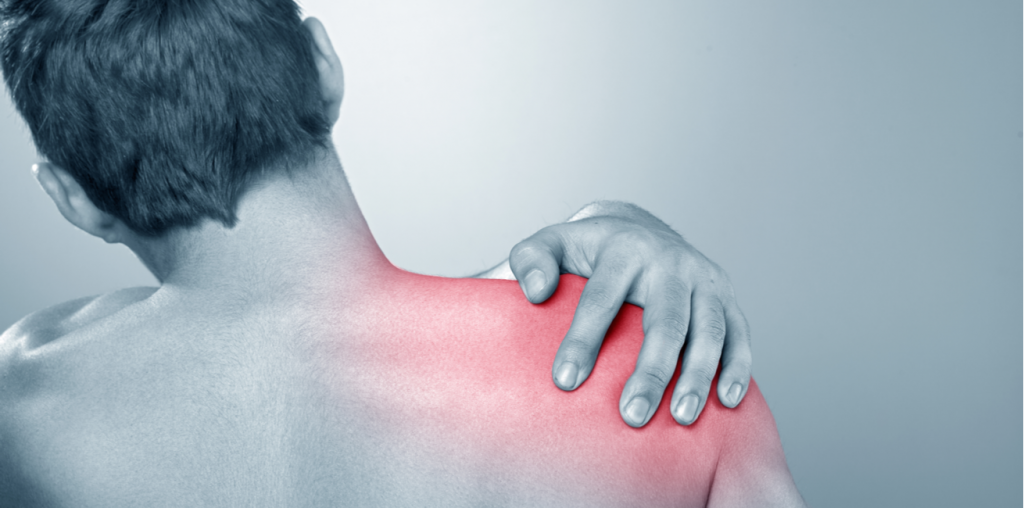
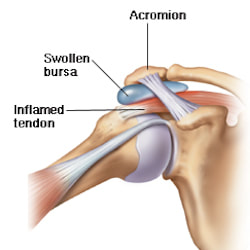
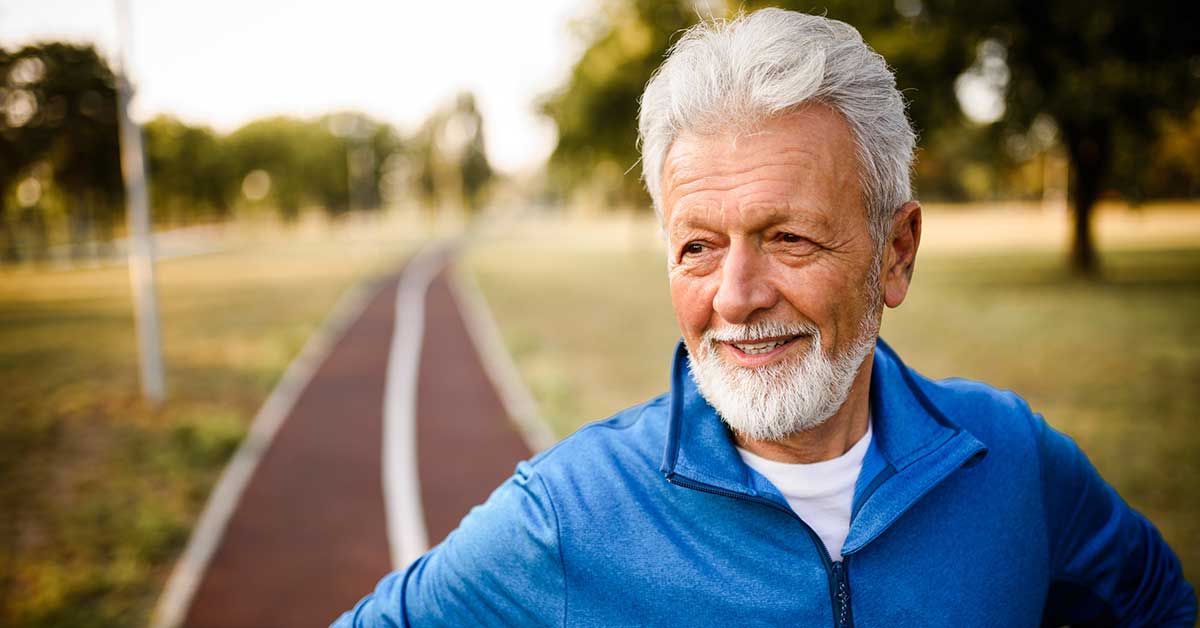
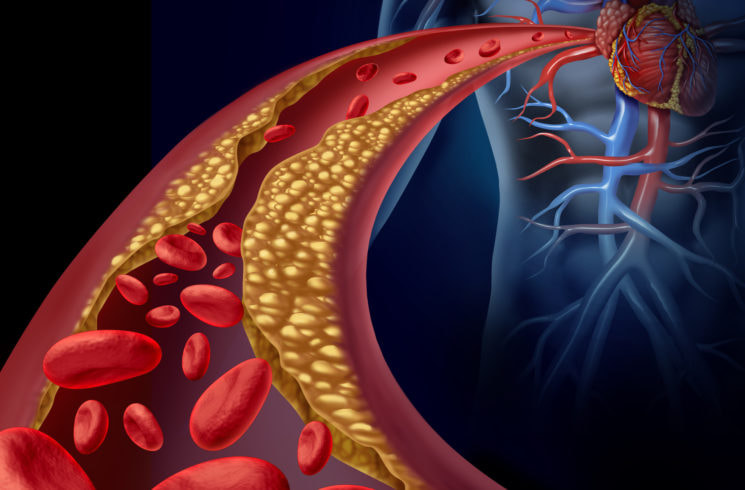

 RSS Feed
RSS Feed